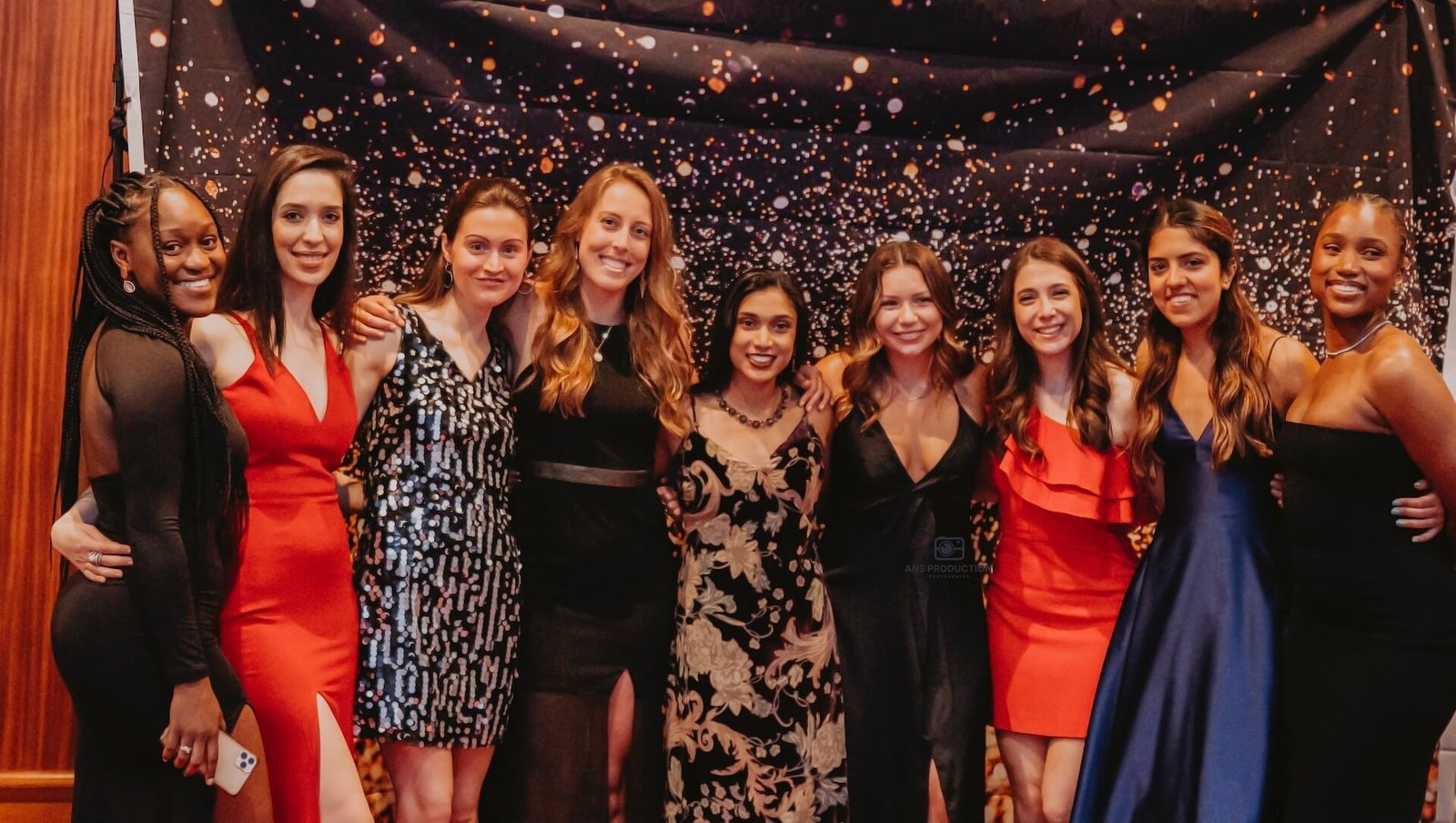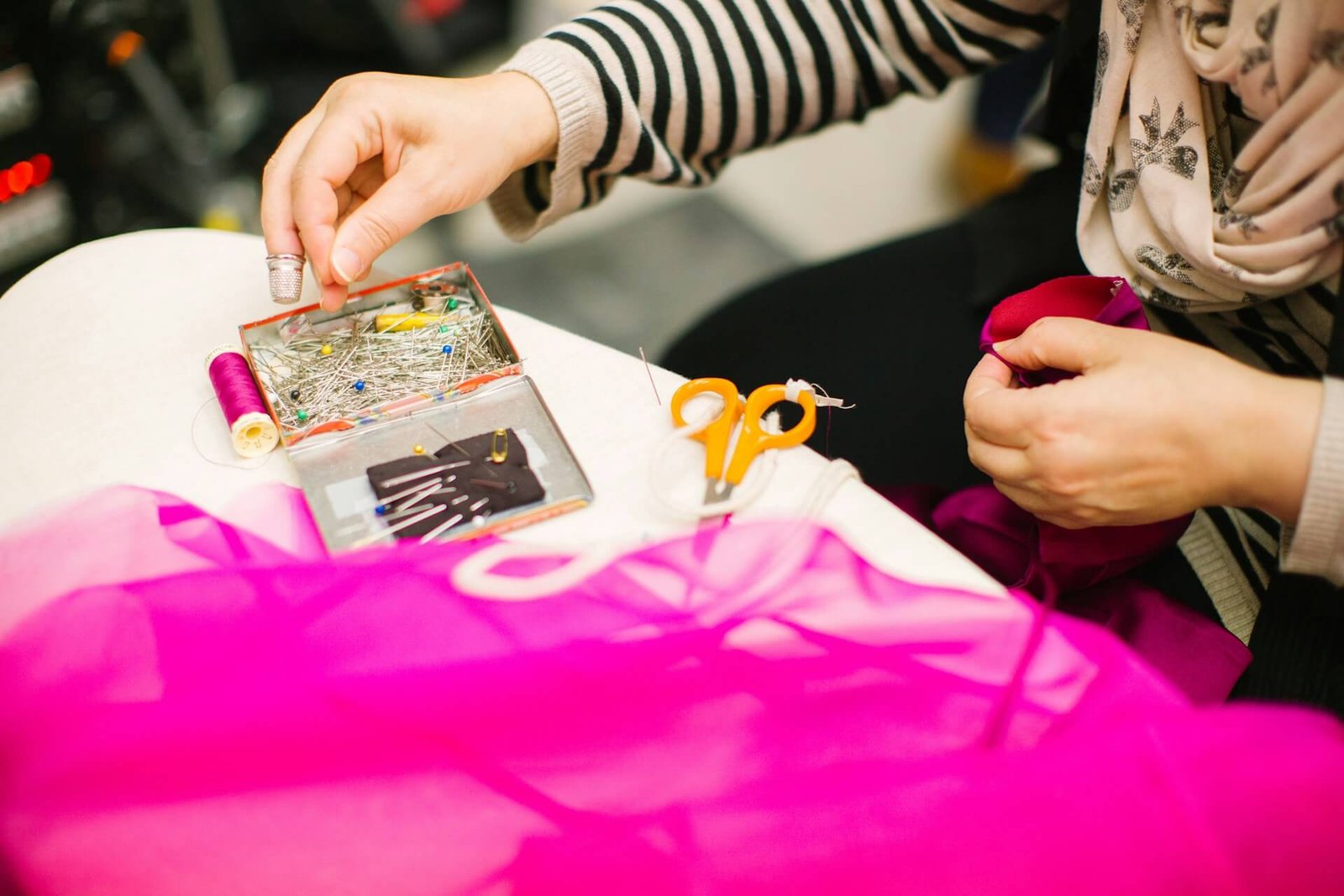- Mass Production Manufacturers: These manufacturers produce large quantities of clothing items using highly automated processes. They are focused on producing standardized clothing items at a lower cost per unit. Examples include factories that produce basic t-shirts, jeans, and other widely worn items.
- Small Batch Manufacturers: These manufacturers produce smaller quantities of clothing items. They may offer more customization options and are often chosen by designers and brands looking for more unique and specialized products.
- Haute Couture Manufacturers: These are high-end, luxury fashion manufacturers that create custom, one-of-a-kind garments for individual clients. The focus is on craftsmanship, artistry, and exclusivity.
- Fast Fashion Manufacturers: Fast fashion manufacturers quickly produce trendy clothing items inspired by the latest runway designs. They prioritize speed and affordability, often resulting in lower quality products.
- Sustainable and Ethical Manufacturers: These manufacturers prioritize environmentally friendly practices and fair labor conditions. They often use organic materials, employ eco-friendly production processes, and ensure workers’ rights.
- Knitwear Manufacturers: Specialize in producing knitted garments like sweaters, scarves, and other items made from knitted or woolen fabrics.
- Sportswear Manufacturers: These manufacturers focus on producing sport-specific clothing and activewear and athleisure, often using specialized fabrics and technologies such as dri-fit.
- Lingerie and Intimate Apparel Manufacturers: These manufacturers specialize in producing underwear, boxer shorts, vest, sleepwear, and other intimate apparel items.
- Work Clothing manufacturers: Clothing manufacturers that specializes in corporate wear, work wear clothing. These clothing is mainly used for the safety of the organisation.
- Outdoor Clothing manufacturers: Apparel manufacturers that specialise in manufacturing outdoor clothing such as hoodies, sweatshirts, leather jackets, artificial leather (rexine fabrics) jackets.
These are broadly different types of clothing manufacturers.
Types of garment manufacturing process can vary depending on factors like the type of clothing being produced, the scale of production, and the technology used. Here’s an overview of What is clothing manufacturing process and different types of garment manufacturing processes:
- Cut and Sew Manufacturing:
- Pattern Making: Patterns are created based on the design. These patterns serve as templates for cutting the fabric.
- Marker Making: Layouts of pattern pieces are created on large sheets of fabric to minimize waste.
- Cutting: Fabric layers are cut according to the pattern templates using automated cutting machines or manual methods.
- Sewing: Cut fabric pieces are sewn together using sewing machines, with different stitches and techniques for different parts of the garment.
- Finishing: Seams are trimmed, excess threads are removed, and final touches like buttons, zippers, and labels are added.
- Quality Control: Garments are inspected for defects and inconsistencies.
- Knitwear Manufacturing:
- Knitting: Fabrics are produced using knitting machines that create loops of yarn to form stretchy, knitted fabric.
- Cutting and Sewing: After knitting, the fabric is cut into pattern pieces and sewn together to form the garment.
- Finishing: Similar to cut and sew manufacturing, finishing involves adding details and ensuring quality.
- Woven Garment Manufacturing:
- Weaving: Woven fabrics are created by interlocking threads in a perpendicular pattern. These fabrics are then used for making garments.
- Cutting and Sewing: Fabric is cut into pattern pieces and sewn using similar processes as in cut and sew manufacturing.
- Finishing: Finishing steps are carried out to enhance the appearance and quality of the garments.
- Garment Assembly Line Manufacturing:
- Assembly Line: Garments move along a production line, with each worker or workstation responsible for a specific task (e.g., attaching sleeves, sewing hems).
- Division of Labor: The assembly line approach allows for efficient mass production with specialized tasks.
- CAD/CAM Integrated Manufacturing:
- Computer-Aided Design (CAD): Designers use computer software to create digital garment designs and patterns.
- Computer-Aided Manufacturing (CAM): Digital patterns are used to control automated cutting machines and sewing equipment.
- Precision and Automation: CAD/CAM integration allows for accurate design translation and reduces manual errors.
- Custom and Boutique Manufacturing:
- Handcrafting: Custom and boutique manufacturers may involve more manual and artisanal processes, catering to unique designs and personalized customer preferences.
- Small Batch Production: These manufacturers often produce smaller quantities of high-quality garments.
- Fully Automated Manufacturing:
- Robotics and Automation: Highly automated factories utilize robotics and advanced machinery to handle various manufacturing processes, from cutting to sewing.
- Efficiency and Speed: Automation can significantly speed up production and improve consistency.
- Sustainable Manufacturing:
- Eco-Friendly Materials: Sustainable manufacturers focus on using organic, recycled, or eco-friendly fabrics.
- Low-Impact Processes: Production processes are designed to minimize environmental impact, such as water and energy consumption.
- Ethical Practices: Sustainable manufacturers also prioritize fair labor practices and ethical working conditions.




